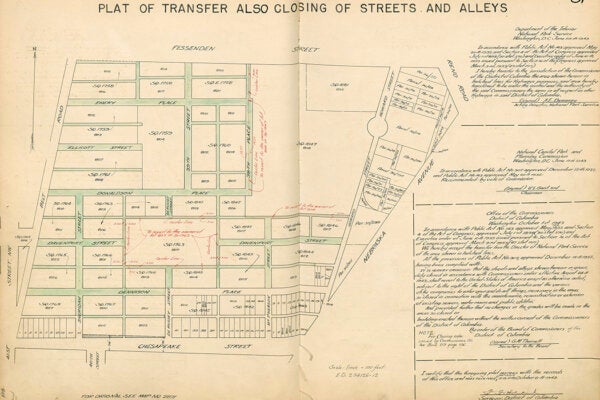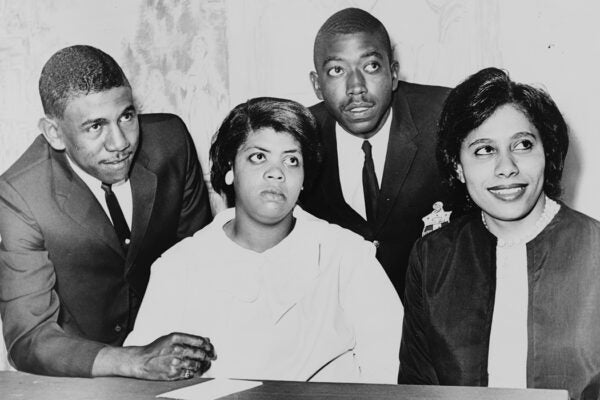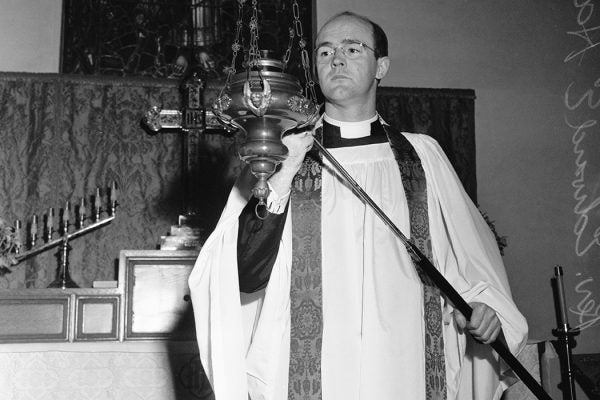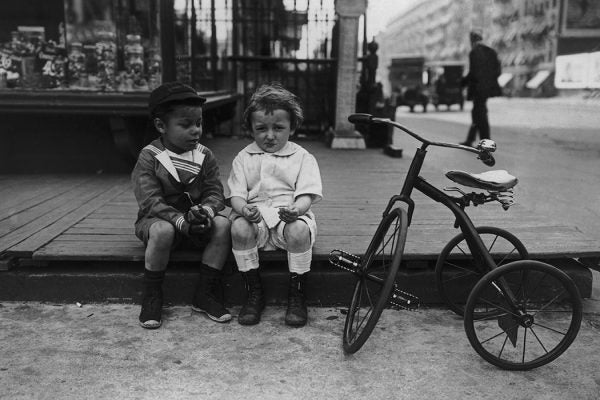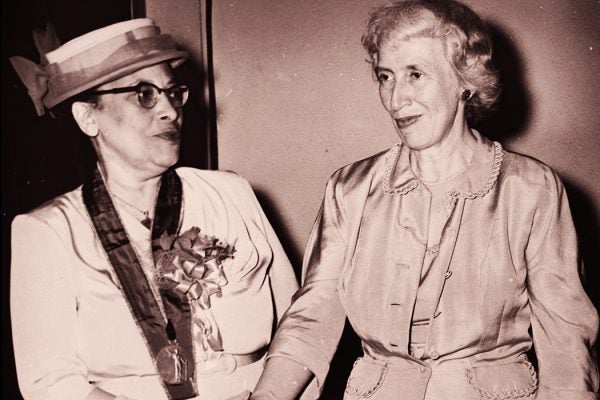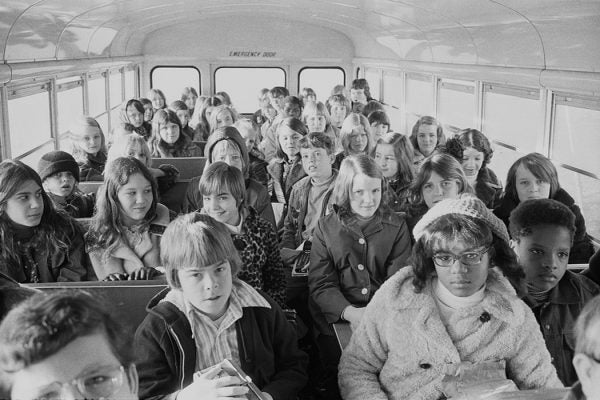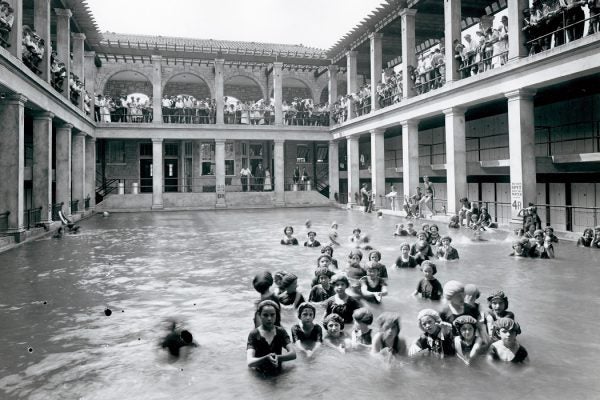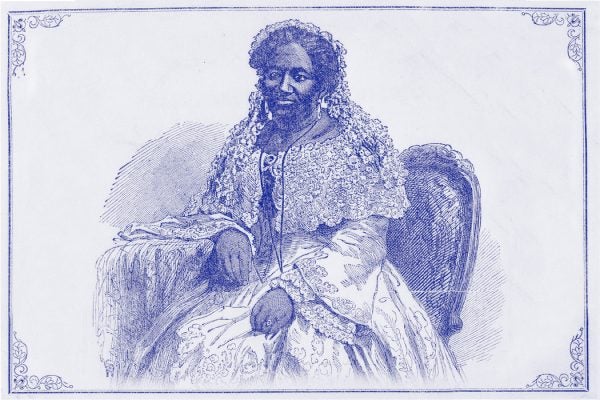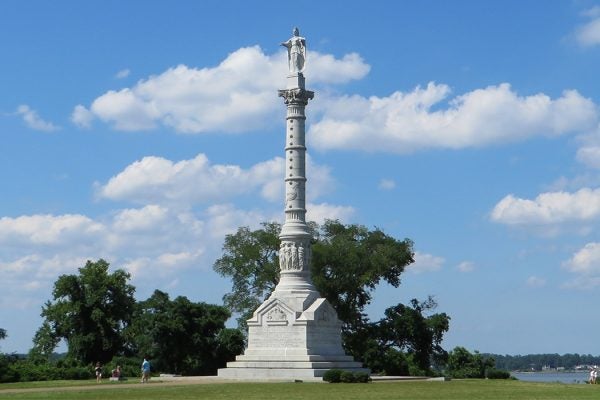Segregation by Eminent Domain
The Fifth Amendment allows the government to buy private property for the public good. That public good was long considered the expansion of white neighborhoods.
Brown v. Board of Education: Annotated
The 1954 Supreme Court decision, based on the Fourteenth Amendment to the US Constitution, declared that “separate but equal” has no place in education.
Fair Housing: A Church Against Itself?
A ballot measure aimed at overturning California’s 1963 Fair Housing Act revealed some serious divisions within the Episcopal Church.
Toxic Legacies of WWII: Pollution and Segregation
Wartime production led directly to environmental and social injustices, polluting land and bodies in ways that continue to shape public policy and race relations.
How Residential Segregation Looked in the South
A longstanding idea about southern segregation is that it was more "intimate" than its northern counterpart. What's the truth?
The Black Nurse Who Drove Integration of the U.S. Nurse Corps
In World War II, Mabel Keaton Staupers tirelessly fought for the integration of the Army and Navy Nurse Corps—and eventually won.
Does Busing Work to Integrate Schools?
Busing as a means used to end school segregation remains controversial. Does it work? The case of Norfolk, Virginia, is highly instructive.
When Cities Closed Pools to Avoid Integration
Many Americans lack nearby municipal pools, the lasting result of extralegal Jim Crow-era efforts to keep races segregated at all costs.
Elizabeth Taylor Greenfield, “The Black Swan”
Born into slavery, Elizabeth Taylor Greenfield broke barriers with every note she sang.
Whitewashing American History
One of the National Park Service's first historic preservation projects, the Colonial National Monument, wrote people of color completely out of the story.
